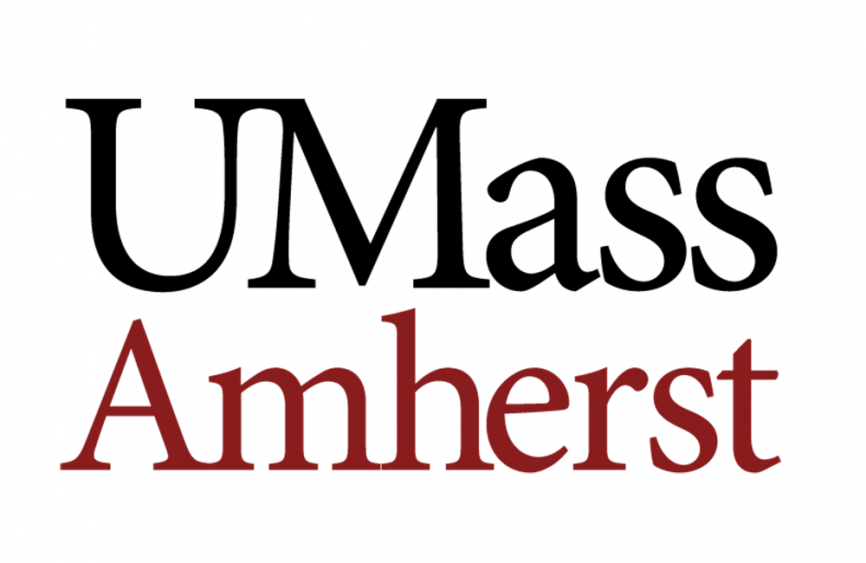
Dartmouth College
Dartmouth College has announced that it will yet again require high school students in the United States to share either an SAT or ACT score as part of their application for admission. The change takes effect for students applying for Fall 2025 admission (those students who will begin their applications in Summer or Fall 2024).
“The reactivation [of the test-required policy] has been modeled on a very comprehensive research study by a group of faculty,” said Lee Coffin, Vice President and Dean of Admissions and Financial Aid, in an interview with The Dartmouth.
“We’re getting more and more applications from all around the world, and so in order to find high achieving students, test scores turn out to be a really helpful tool,” said Bruce Sacerdote, Dartmouth Class of ’90, who was part of the research group of faculty. “Our analysis shows that we potentially miss out on some great applicants when we don’t have [test scores].”
“Social science has a concept called the ceiling effect,” Coffin said. “When you plot people in a curve, there’s a cluster at the top of the curve. That’s our applicant pool. Most of the people who apply to Dartmouth are straight A students.”
The New York Times has shared more motivations for the decision, here is the working group’s report, and Dartmouth’s full updated standardized testing expectations for first year applicants, which actually are different depending on whether an applicant goes to high school in the US or goes to high school outside of the US. To learn more about what this means going forward, get my thoughts in the video below.

 On Saturday, March 9, 2024, the SAT is going digital for American test-takers the first time in almost 100 years! Two million students take the SAT every year, and the transition from a paper-based to digital format marks a huge change to the college entrance exam.
On Saturday, March 9, 2024, the SAT is going digital for American test-takers the first time in almost 100 years! Two million students take the SAT every year, and the transition from a paper-based to digital format marks a huge change to the college entrance exam. 
 Not all summer pre-college programs for high school students cost a pretty penny. In fact, one such program for aspiring journalists is completely free and takes place on one of America’s most beautiful college campuses!
Not all summer pre-college programs for high school students cost a pretty penny. In fact, one such program for aspiring journalists is completely free and takes place on one of America’s most beautiful college campuses!


 University of Massachusetts Amherst is gearing up to release all of its Early Action (EA) admission decisions on the evening of Wednesday, January 24 during an admissions cycle in which the public university had over 30,000 students apply through Early Action, a new record. Just last year, UMass received 28,461 EA applications, while as recently as the 2018-2019 admissions cycle UMass Amherst only received a relatively paltry 20,440 EA applications.
University of Massachusetts Amherst is gearing up to release all of its Early Action (EA) admission decisions on the evening of Wednesday, January 24 during an admissions cycle in which the public university had over 30,000 students apply through Early Action, a new record. Just last year, UMass received 28,461 EA applications, while as recently as the 2018-2019 admissions cycle UMass Amherst only received a relatively paltry 20,440 EA applications.
 If one sentence could sum up the state of financing an American college education in 2024 it would be, “The more things change the more things stay the same.”
If one sentence could sum up the state of financing an American college education in 2024 it would be, “The more things change the more things stay the same.” Pell Grants
Pell Grants

 Princeton University has released its 2023-2024 supplemental essay prompts for first-year applicants, making it the final Ivy League institution to do so.
Princeton University has released its 2023-2024 supplemental essay prompts for first-year applicants, making it the final Ivy League institution to do so.